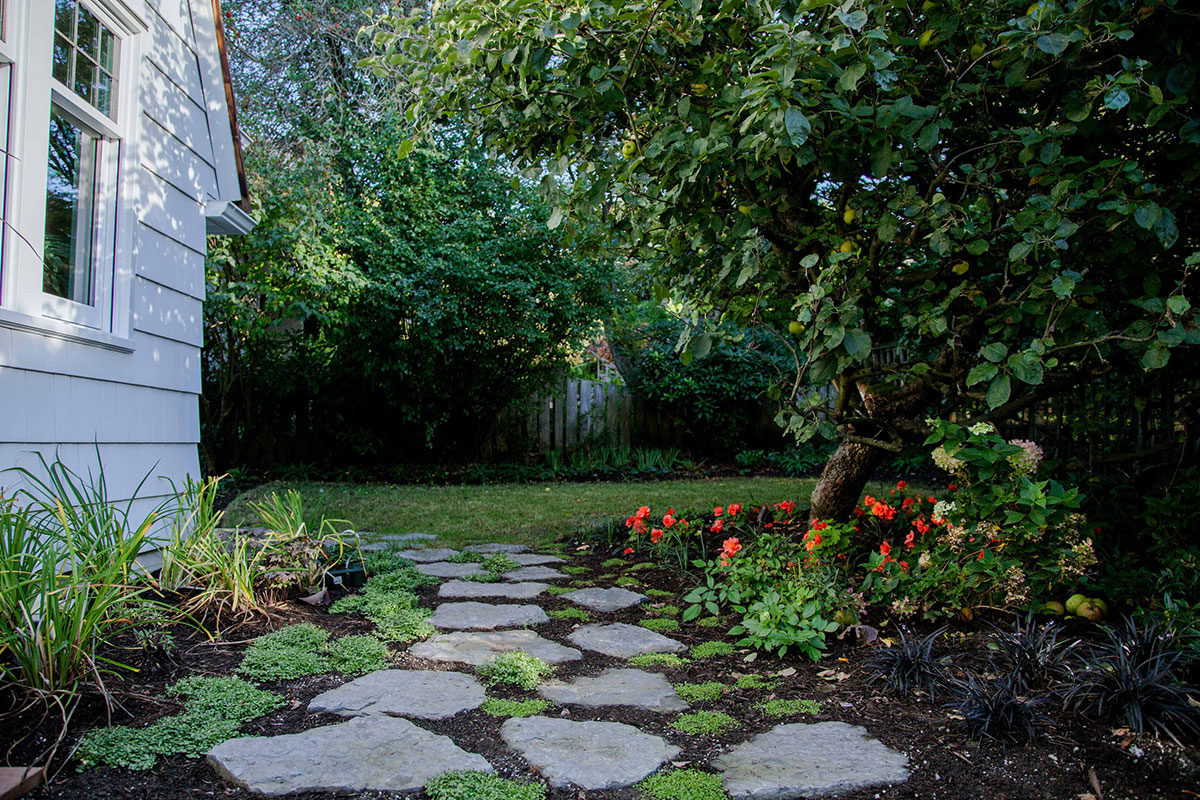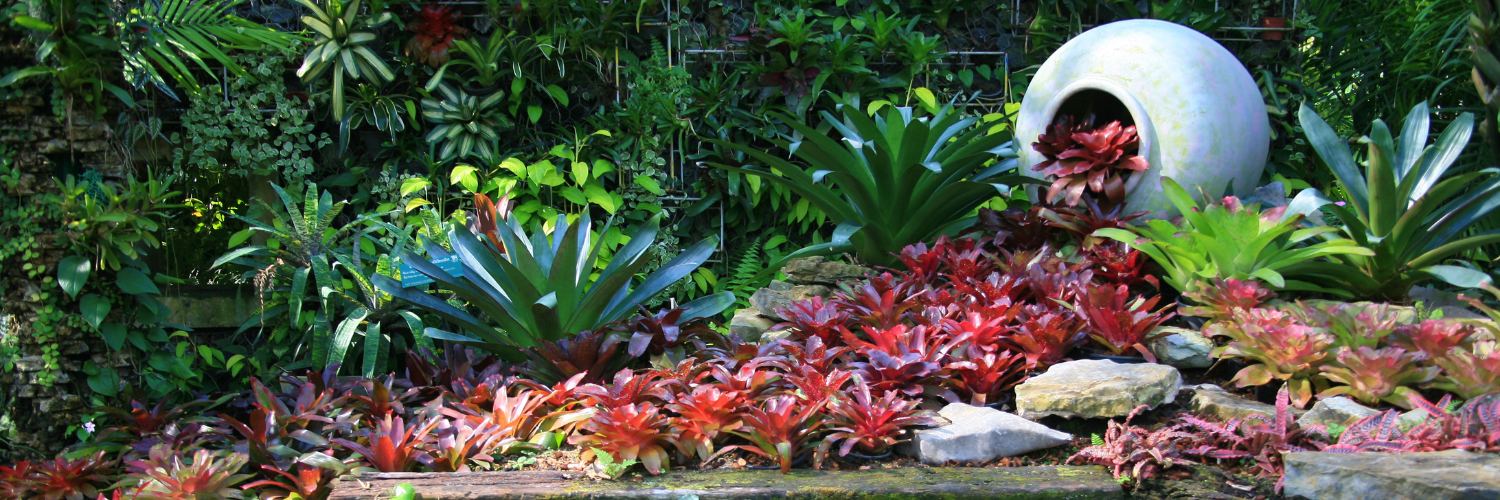The Definitive Guide to Landscapers
The Greatest Guide To Landscapers
Table of ContentsExamine This Report on LandscapersThe Buzz on LandscapersLandscapers for DummiesSome Of LandscapersThe 5-Second Trick For Landscapers
In the PNW there are semi-deciduous or semi-evergreen plants that may lose their leaves depending on just how cool the wintertime is. - A level event space, made of timber or composite product (made to look like wood), generally adjacent or affixed to a framework.

- Granite that is weathered to the factor that it is a very fine accumulation. This is an all-natural process, and the result can be utilized for courses and patio areas. Broken down granite is commonly described as DG. It is especially helpful in contemporary landscapes. - Trick landscape features being proposed in a landscape design plan.
The Basic Principles Of Landscapers
These objectives direct the design procedure, not the designer's style or choices. Typical design purposes in Portland are low upkeep, drought forgiving, and pet friendly.
Over time this layer can obtain extremely thick and make it challenging for water, sunlight, and nutrients to obtain to parts of the turf.- The procedure of collecting and regulating the circulation of water on a building. This can be performed with grading, French drains pipes, dry wells, absorptive surfaces, sump pump, rainfall gardens, and extra.
Quality at the end of hillsides, with natural springtimes, or full of hefty clay have the most drainage troubles.- A slow feeding watering system that utilizes adaptable tubing and emitters to send out an accurate quantity of water to each plant. This is one of the most reliable technique of watering plants. - The ability of a plant to make it through without much summer season water.
- A yard feature where water is represented by an accumulated rock product, normally a crushed rock or granite. These are most commonly discovered in contemporary and Japanese yard design.- A stone or flagstone outdoor patio, course, or sidewalk built without a concrete base. The base would be compacted crushed rock and the joints would certainly be an accumulation or walkable ground cover.
The Basic Principles Of Landscapers
- A rock maintaining or complimentary standing wall constructed without making use of mortar. A highly competent mason is required for a completely dry pile stone wall surface. A lot of walls in Rose city are not dry piled, even if they show up to be. - An underground framework that gather water and allows it to reduce percolate into the dirt around it.
Landscape layout that works with a websites' atmosphere in both look and sustainability without negative effects to the environment. Edging in the landscape is a line of separation that creates aesthetic interest in the garden by dividing one segment from an additional segment. This can be aesthetic or useful, keeping one aspect (such as pea gravel) from getting combined into one more (like bark dirt).
Areas can also sense of "unit" provided by trees, other plantings, fencings, or displays. The landscape near the access to a structure. A tree, hedge or vine, educated to grow on a wall or fencing into a particular pattern. Especially beneficial for fruit trees, making it very easy to harvest the fruit and having mess.
A plant that is not indigenous to the place where it will be planted. Thicker bladed turf yard that spread out by means of rhizomes.: The degree of soil on your home before bark dust or garden compost is spread out.
Not known Facts About Landscapers

The function, factor, or action that an area is be landscaped for. Room for expanding plants for seeing, eating, or physical task.
Rock item, either rounded or fractured, that is relatively little- normally 1" or much less. Low plants that are allowed or motivated to top a location. Can describe any "difficult" yard components consisting of statuary or boulders but many generally is made use of to refer to paths, patios, and walls.: Height difference between the level of water in a fish pond (or the degree of go to website the pump if it rests outside the fish pond) and the top electrical outlet of water which influences efficiency of the water pump in gph (gallons per hour). Thick shrubs or trees that form a fence, screen, or boundary.

Some Of Landscapers
Conventional PNW landscapes are casual. A plant dig this that spreads out more than preferred, or right into environments where it does damage.
Can include head placements and protection, pipeline sizing, GPM specifications, and products required to mount this system. Accredited specialist that designs landscapes, schooled in engineering and architecture as well as in horticulture.
The professional who plans and develops landscape jobs, typically at a household or tiny business degree with the significant layout impetus on growings. Landscape developers typically have less education than Landscape Architects and are not accredited. A finished landscape style, outlining all aspects for the new landscape. This normally takes the type of a drawing on read review paper.
A water tight HDPE product utilized beneath fish ponds, streams and waterfalls in water functions. Using many growings of the same selection to fill up in an area in the landscape.